Why You Need to Work On Your Business – Not In It
Are you micro-managing every piece of your business? If so, you probably can’t see the forest for the trees – the bigger picture, instead of all the small details.
As the business owner or CEO, your job is to look ahead, imagine what your business can become, work out the business strategy, and make sure your team has the tools to bring your vision to fruition. In other words, working on your business.
Not only will the business be more successful when you work on your business, instead of in it. But you will enjoy it more as well.
The purpose of life is not to serve your business – your business’ purpose is to serve your life.
Is it time that you reimagine your business from being a burden that consumes your life, to the tool that will enable you to achieve the lifestyle you crave?
Signs that You’re Stuck on ‘In’
It may already be obvious to you where change is needed, but sometimes it’s a subtle and habitual approach that causes stagnation. If you’re caught in an employee-mindset, you often lose the entrepreneurial perspective that inspired you to be a business owner in the first place.
So, to help you identify whether you’re IN instead of ON, let’s look at some of the red flags:
- There is no solid system of processes in place.
- You don’t delegate enough, or ever, and are micro-managing every aspect of the business.
- You’re constantly putting out fires.
- You lack solid team members or department managers you can hand over responsibility to.
- You’re working long hours, are drained, and have little time for family, hobbies, or relaxation.
- You’ve lost sight of your vision, creative inspiration, and goals.
- You feel like an employee serving your business, not the business serving your life.
If you’re spending the majority of your time working in the trenches of your business, this leaves precious little time to actually focus on your business, with long-term planning, goal setting, performance tracking, or scaling. Although doable for the short-term, this approach will leave you with no energy or time for much else but managing day-to-day operations.
Why a Business Process System is Essential
As the business owner or CEO, your work is to design the machine-like structure of a business process system – the model of replicable actions and process automation that your team can follow.
The people on your team are vital to its success – they are on the frontline of your business. But, without the structure of solid business processes, the full potential of your employees will go to waste.
People bring systems to life. When systems work well, people have the space to, and often do, perform exceptionally.
“Businesses are not built by extraordinary people, but by ordinary people doing extraordinary things.” – Michael E. Gerber
Why Should You Design and Build a Well-Oiled Machine for Your Business?
These are some of the results you can expect:
- Consistently providing superb services and value for your clients.
- Cost efficiency, increased productivity, and higher employee satisfaction.
- A structure for your team to know what to do when.
- Easier transfer of business knowledge when someone leaves and you need to train a new staff member.
- Structure and order which will empower you and the team, instead of chaos and confusion.
The only person in your company who will be genuinely motivated to grow your company is you. Every minute that you spend working on tasks that can be delegated is a minute that you are not planning, strategizing and building the best business possible. – Inc.com
How Do You Build a Well-Oiled Business Machine?
- Take stock of everything and ask: “what can we do better?”, “where are our bottlenecks?”, “where do we not get consistent results?”, “what do we waste our time and resources on?”, and “what’s outdated?”.
- Establish the big picture layout, and inspire an excited team effort of who’s going to do what, with clearly identified roles of responsibility.
- Map out new procedures, fill in the blanks with the little details, and document the new processes.
- Test and tweak, gather feedback and adjust as required.
- Train the team on new processes. Make sure more than one person knows how to do each task so there’s a backup for every role.
- Establish an ongoing review and improvement plan.
Ready to Transition from Doing to Leading?
When the right people, structures, and processes are in place, not only will you improve the business’s agility and efficiency, you’ll finally have the freedom to step out of being a micro-manager. Instead, you’ll oversee the larger picture, lead your team, better react to change, and steer the ship in the direction that supports your vision for the business.
Need help building a process system so you can get out of IN and back to ON? Get in touch with us so we can help you to design your business to become the tool to achieve your dream.
